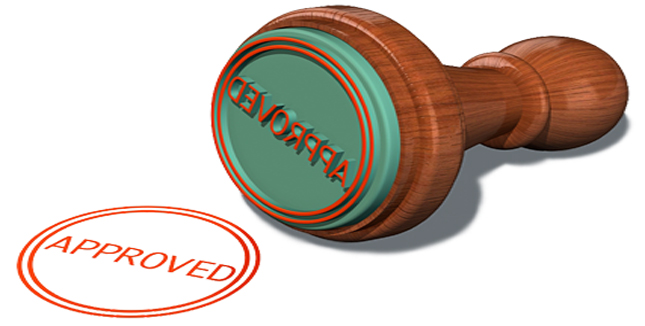Doctor’s Guide to Borrowing via an SMSF to Invest
April 30th, 2013
As Self Managed Superannuation Funds (SMSF) become more popular the demand for more investment opportunities within that structure increases. Changes now mean that as long as strict conditions continue to be met, your SMSF can now borrow to invest, thus further bolstering retirement savings.
How does it work?
Borrowing for investment within superannuation depends on what type of asset is being purchased; however, the basic principles of an installment arrangement, whereby the fund pays a percentage upfront and the remainder in installments over a period of time, remains the same.
Investment Property
All investment property will be owned by a separate entity, known as a Security/Bare Trust, with the SMSF having a beneficial entitlement to the Trust. The Trust can lease the property on commercial terms, with the income used to pay any expenses associated with the property. The net income is then paid to the SMSF. It is this income, along with any other fund income or member contributions, that provides the income source for the loan repayments.
Under a limited recourse loan, the property is security for the loan, which, in the event of a default, provides the lender with recourse to the property and assets owned by the guarantors, but not over any other assets held by the SMSF. After the loan is repaid, the SMSF has the right, not the obligation, to acquire the property.
What are the Benefits?
There are many benefits associated with borrowing through a SMSF. Some of these include:
- an increased exposure to capital gains
- reduced rates of capital gains tax
- access to tax deductions within the SMSF
Things to Consider
Before borrowing through an SMSF, the following factors should be considered by potential borrowers:
- The SMSF trust deed must allow for borrowing under an instalment arrangement
- Investment in certain asset classes must be consistent with the SMSF’s investment strategy
- A minimum deposit of 20% is required for purchases of residential investment property or 30% for commercial property
- The instalment arrangement must meet certain requirements to ensure that the SMSF remains compliant
- The SMSF requires sufficient cash flow to service the loan over the term of the loan. Cash flow must be sourced from the net income of the asset, other investment earnings, or member contributions
- Arrangements must be at arm’s length and transacted at market rates
- The benefits of the strategy must be weighed against the cost of setting up and maintaining the arrangement
- Professional investment, taxation and legal advice should be sought before entering into an arrangement
This is a very complicated area and the penalties are severe – before you do anything, consult with MEDIQ.

